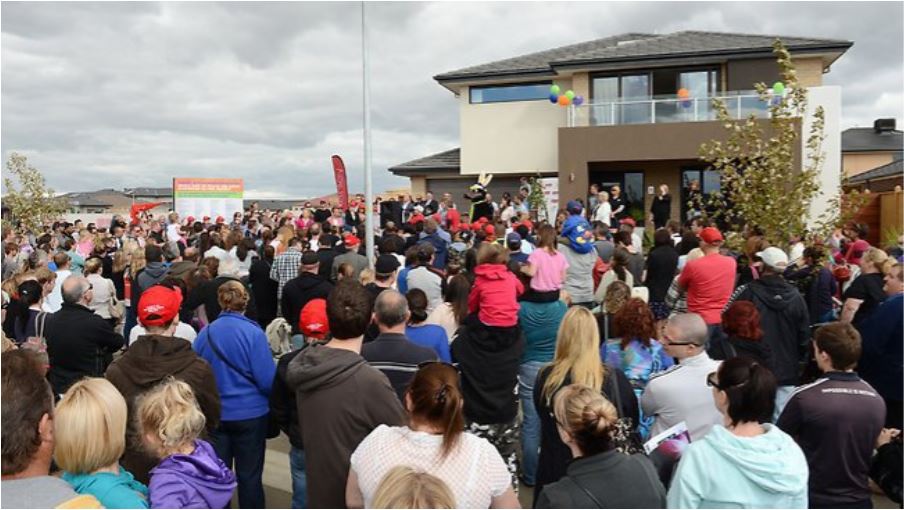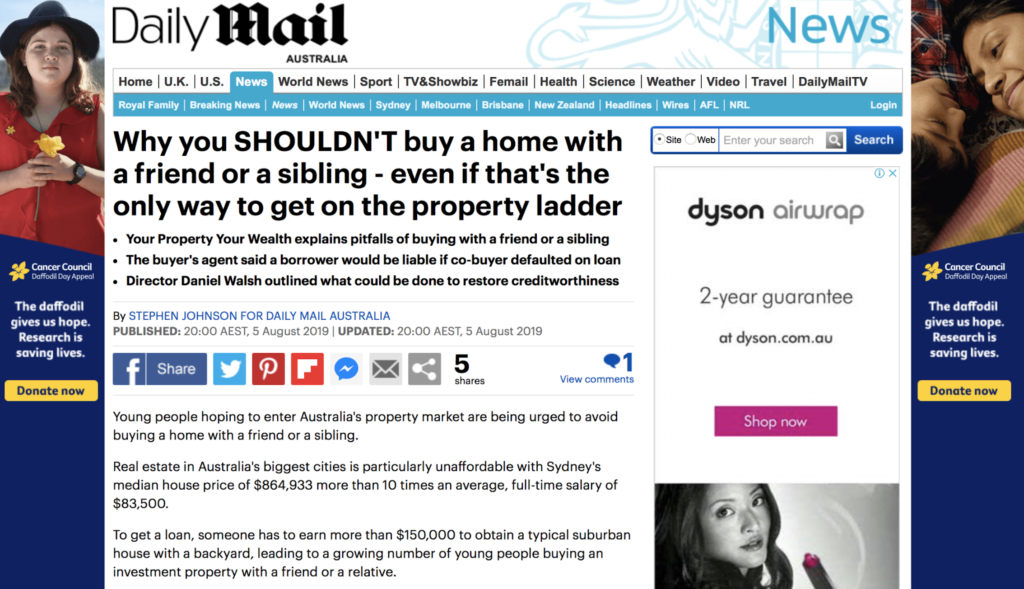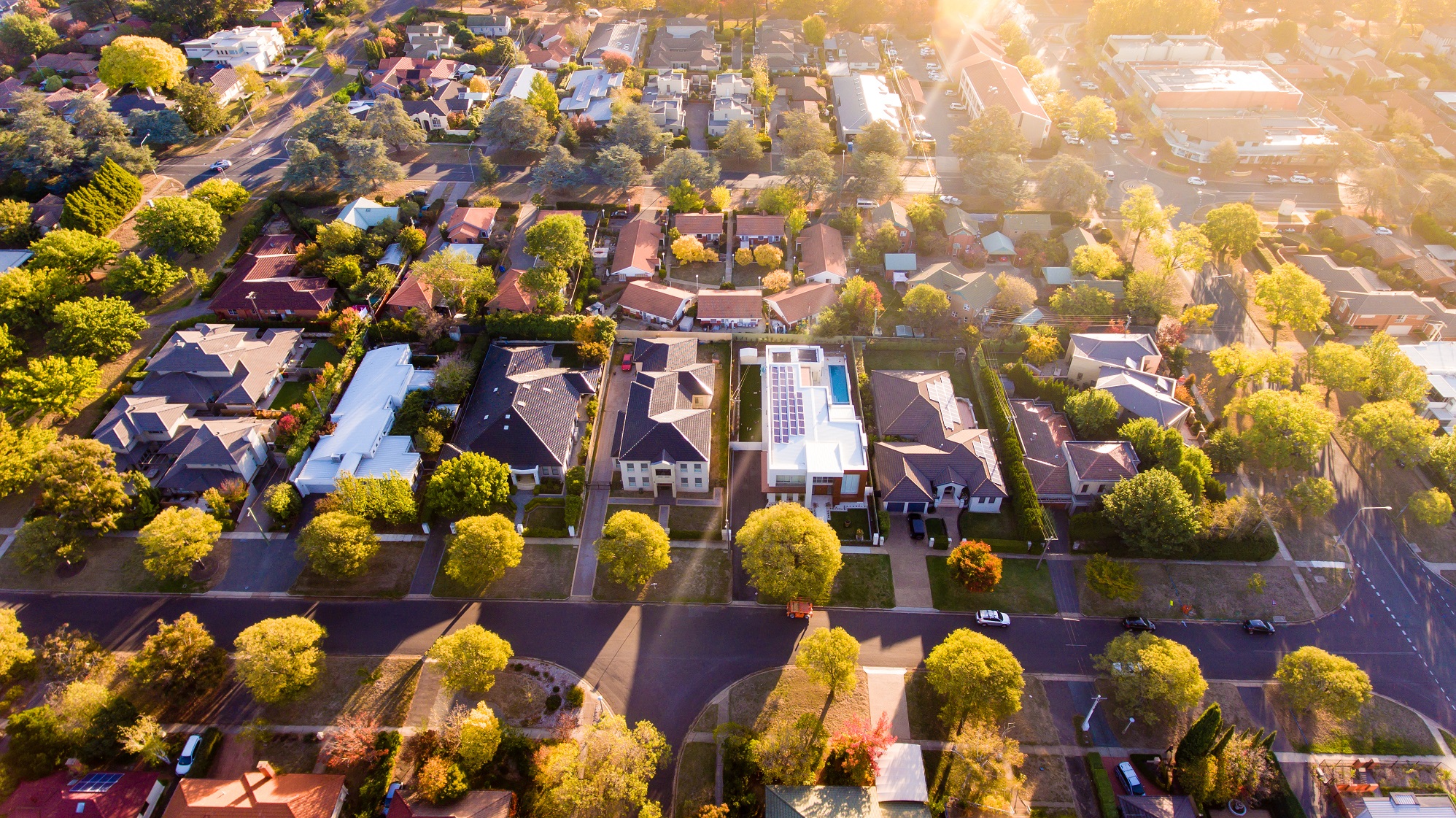If you believed everything you read about property market conditions around the nation, then you would think that prices are higher than they’ve ever been – everywhere.
This is simply not the case.
Yes, property prices have been growing strongly since the almost enforced softening in the middle of the pandemic, but some locations still have median prices well below their most recent peak.
Indeed, according to new research from CoreLogic, comparing current capital city values with previous peaks adds some perspective to the current upswing – particularly in Perth and Darwin, where values remain substantially below their record highs from 2014.
It also highlights the very different dynamics across capital cities – such as in the ACT, where dwelling values have hit a new record high every month for 19 months, according to the research.
Affordability still exists
However, there is no question that sale prices are booming in many locations, partly driven by the continued low interest rate environment as well as excess demand over supply.
Sydney’s median house value is now an astonishing $1.1 million, and its median unit value is $755,000.
Unless you have invested in Sydney, or are an expat returning home from a more expensive overseas location, it could be difficult to buy anywhere close to the centre of the Harbour City with these sorts of prices.
That’s not to say that there aren’t affordable options for homebuyers and investors in Greater Sydney, but buyers need to consider outer-ring locations where prices are lower.
Over the years, we have always been strong proponents of investing interstate.
Long before the pandemic arrived on our shores, we understood the potential of making the most of different market cycles as well as more affordable property prices across the nation.
This point of view is even more pronounced now, given Sydney property prices have soared higher still, pushing the limits of affordability to new levels.
Let’s compare Brisbane as an example, which is experiencing its own market upswing at present.
Dwelling values are rising there, too, but the buy-in prices were much lower to start off with, which means they remain affordable to the many rather than the few like in Sydney.
According to CoreLogic, the median house value in Brisbane in February was about $608,000 and the median unit value was about $401,000 – almost half the value of Sydney.
The rental market in Brisbane is also stronger given it was never reliant on international migrants in the first place.
In fact, the Brisbane vacancy rate is currently just 1.5 per cent, compared to 3.4 per cent in Sydney, according to SQM Research.
The vacancy rate in Sydney actually increased over the month of March and the city has also recorded reducing rents for houses and units over the month and the year.
Conversely, rents in Brisbane have increased 5.8 per cent for houses and 2.5 per cent for units over the past 12 months.
Capital growth and yield
With lower property prices as well as stronger rents, then it’s no surprise that yields in more affordable capital cities like Brisbane are superior.
For example, the gross yield for houses in Brisbane is 4.1 per cent and for units it is 5.2 per cent, but in Sydney it’s 2.5 per cent and 3.3 per cent respectively.
Yields are also a measure of affordability for investors because they provide an indication of the cash flow that is likely to be earned from the investment.
While savvy investors always look for future capital growth, they also need cash flow to ensure they can hold the property over the long-term.
Real estate utopia is generally those locations where there is a mix of affordable property prices as well as superior yields and rising market conditions, which locations such as Brisbane have in spades at present.
























